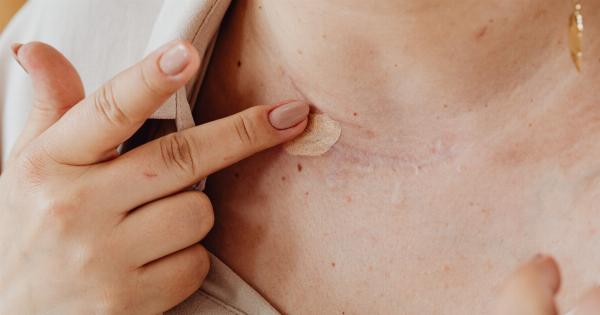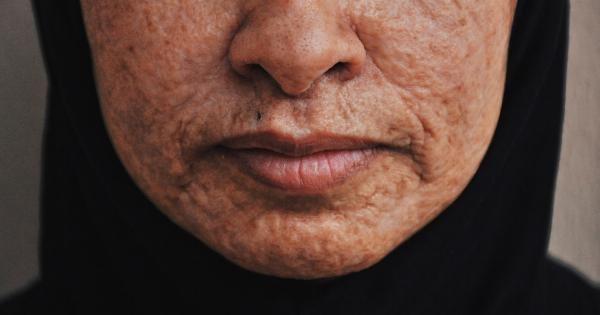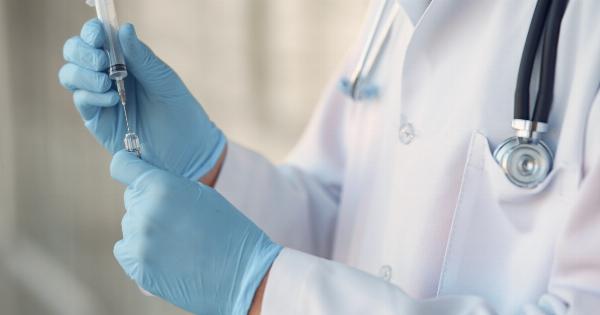Undergoing breast growth surgery is a life-changing decision for many women. While the procedure can enhance their appearance and boost self-confidence, it often leaves behind scars.
These scars can be a constant reminder of the surgery, causing feelings of self-consciousness and affecting a person’s body image. However, there are various methods and treatments available to help overcome and minimize breast growth scars.
This comprehensive guide will provide valuable information on how to effectively deal with and reduce these scars, allowing women to fully embrace their new breasts and regain self-assurance.
Understanding Breast Growth Scars
Before delving into the methods of overcoming breast growth scars, it is essential to understand how these scars form. During breast growth surgery, incisions are made, and the breast tissue is manipulated to achieve the desired shape and size.
The body’s natural healing process kicks in, leading to the formation of scars as the skin repairs itself. The appearance and severity of scars can vary among individuals, depending on factors such as genetics, incision technique, and post-operative care.
Types of Breast Growth Scars
There are several types of scars that can result from breast growth surgeries. Common types include:.
1. Hypertrophic Scars
Hypertrophic scars are raised, red scars that stay within the boundaries of the original incision. Although they are not as severe as keloid scars, they can still be noticeable and cause discomfort.
2. Keloid Scars
Keloid scars are thick, raised, and extend beyond the boundaries of the original incision. These scars are typically darker in color and can be itchy or painful. Keloid scars occur when the body produces excess collagen during the healing process.
3. Atrophic Scars
Atrophic scars are sunken or depressed scars that appear as a result of tissue loss during the healing process. These scars may have a pitted appearance and can be challenging to treat.
4. Discoloration
In addition to raised or depressed scars, breast growth surgery can also lead to discoloration of the skin surrounding the incision. This discoloration may appear as dark or light patches, further impacting the overall aesthetic outcome.
Treating Breast Growth Scars
While complete eradication of scars may not always be possible, various treatments can effectively minimize the appearance of breast growth scars. Here are some commonly recommended approaches:.
1. Silicone Sheets or Gel
Using silicone sheets or gel on the scars can help flatten and soften them over time. Silicone products create a barrier that helps retain moisture, allowing the skin to heal and regenerate more effectively.
2. Scar Massage
Gently massaging the breast growth scars can increase blood circulation, break down scar tissue, and promote collagen remodeling. Massage should be performed using a gentle, circular motion with a moisturizer or scar-specific cream.
3. Topical Treatments
Several topical treatments, such as creams and ointments containing ingredients like vitamin E, aloe vera, or cocoa butter, can be applied to the scars to improve their appearance.
These products can moisturize the skin, reduce inflammation, and promote healing.
4. Steroid Injections
Steroid injections can be administered directly into hypertrophic or keloid scars to help flatten and soften them. This treatment option is typically performed by a dermatologist and may require multiple sessions for optimal results.
5. Laser Therapy
Laser therapy uses focused light to target and break down scar tissue, stimulating the production of new collagen. This can help improve the texture and color of breast growth scars, making them less noticeable.
6. Surgical Scar Revision
In cases where scars are extensive or significantly affecting a person’s well-being, surgical scar revision may be necessary.
This procedure involves removing the old scar and re-closing the incisions using advanced techniques to create a more aesthetically pleasing result.
Taking Care of Yourself during the Healing Process
In addition to the above treatments, it is crucial to take proper care of yourself and follow post-operative instructions to promote scar healing. Here are some important tips:.
1. Follow Wound Care Instructions
Listen to your surgeon’s advice regarding wound care. Keep the incisions clean, dry, and protected to avoid infection and promote optimal healing.
2. Stay Hydrated and Eat Nutritious Foods
Proper hydration and a balanced diet can aid in the healing process. Drink plenty of water and consume foods rich in vitamins, minerals, and antioxidants to support cell regeneration.
3. Avoid Sun Exposure
Exposing healing scars to the sun can lead to discoloration and hinder the healing process. Shield your scars from direct sunlight by wearing protective clothing or using sunscreen with a high SPF.
4. Patience is Key
Remember that scars take time to heal and fade. Be patient and gentle with yourself during this process. Surround yourself with a support system that understands and encourages your journey.
Conclusion
Overcoming breast growth scars involves a combination of treatments, self-care, and patience. It is essential to consult with a healthcare professional to determine the most suitable course of action based on your unique circumstances.
By following the recommended treatments, taking care of yourself, and embracing your new breasts, you can minimize the visibility of scars and regain your self-confidence, ultimately leading to a happier and more fulfilling life.































